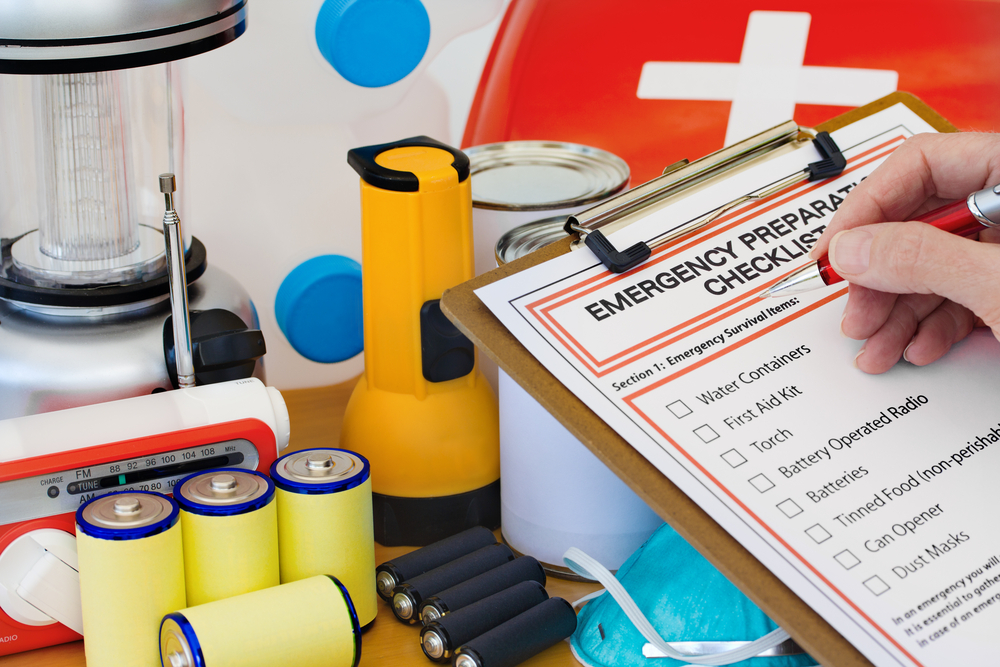The mere idea that we could have to deal with a natural disaster during this pandemic is undoubtedly overwhelming, but the reality is California is in wildfire season, earthquakes are always a possibility in this state, and other disasters exist that we may not even think of. So, how do we plan for an emergency is a state of emergency? The experts tell us that planning and being prepared makes a critical difference. Many of us likely have disaster plans but most plans likely don’t include COVID-19. The 3P’s of emergency or disaster planning – plan, prepare and practice – will help guide you as you think about where to begin if you don’t have a plan, or how to update your existing plan.
First, have a PLAN that everyone – family members, friends, neighbors, support staff, co-workers, employees, etc. – knows about. Everyone’s plan will be different, for example, if you have family or friends that live a couple hours away your plan might be to stay with them in the event of a public safety power shutdown (PSPS) or evacuation. Your plan might include a specific meeting place in the event you are in different locations if you get an evacuation notice. If your only option is to shelter somewhere besides your home The Centers for Disease Control and Prevention (CDC) offers some guidance on how to minimize risk of exposure to COVID-19.
Second, PREPARE for both sheltering at home and away from your home. This means have 2 “kits” ready. The home kit should include all the essentials that you would have for a disaster – a week’s supply of food, water, medicine, hygiene products, batteries, flashlights, first aid kit, etc. – the Red Cross has a comprehensive assessment tool to help people with disabilities assess and prepare for their individual needs. The second kit should be kept in the vehicle you plan to use if you need to evacuate or in a place you can easily access. The Red Cross disaster guide also has a list of what you should have if you need to leave your home. Remember to include person protective equipment (PPE) – masks, gloves, hand sanitizer, etc. – in your kits.
Third, PRACTICE your plan with everyone! Do disaster drills and practice emergency communications – such as calling or texting – with your family, friends and support network. Practice loading the car, leaving and discuss where you would go and why.
A couple other things to remember; call your utility company and see if they have an opt-in for emergency notifications or PSPS notifications, check to see if you qualify for the medical baseline program, and ask the utility company where you can get information on charging stations for battery operated equipment.
The ADA Network is hosting a Learning Session: California’s Emergency Plans for Wildfire Season in a COVID-19 Environment on July 9th. This webinar is a great way to find out more about preparing and emergency plan.
BE SAFE, BE WELL AND BE PREPARED!

